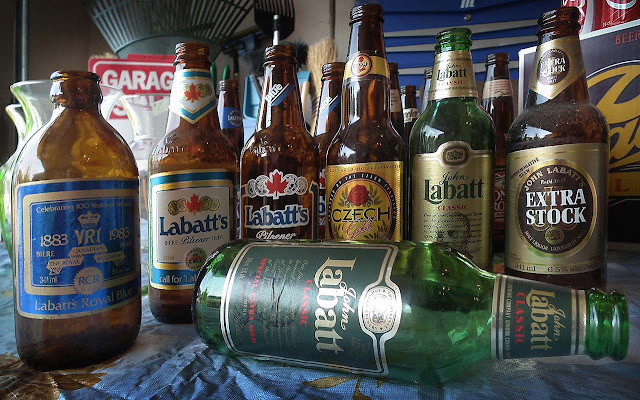Getting around a town, a city or even an entire country can be done with a certain, shall we say, panache if one has luck and perseverance. And luck, and lots of sticktoitiveness, is what it once took to own a Morgan. Not many were built back in the day. Not many are produced today. Morgans are artificially rare. The low number leaving the English factory in Malvern-Link annually stokes interest among the few who find the cars desirable in the sense of worth owning.
Why would someone want a Morgan? Beauty. Craftsmanship. For motoring, as opposed to driving. 50 years ago one could have responded "fuel economy", or even replied "cheap transportation". Weighing less than 2000 lbs. and powered by a four cylinder engine, Morgans did deliver lots of miles to the gallon.
Many would argue they were not cheap, but they were certainly not expensive either. A Morgan roadster cost more than a basic Mustang but much less than a Swedish Volvo P1800 sports car. Put down a hundred dollars to guarantee a spot on the waiting list, and in from six months to three years and one would have their very own Morgan. Even young students could afford one.
Today Morgans are no longer inexpensive. A well appointed Morgan roadster now starts around $100,000 U.S. But money is not enough. Canadian government regulations keep the cars out of Canada. In the U.S., one must jump through hoops and squeeze through legal loop holes to get a Morgan into the country. Apparently there are dealers in the States set up to do just that if you have the funds. Poor students need not apply.


























